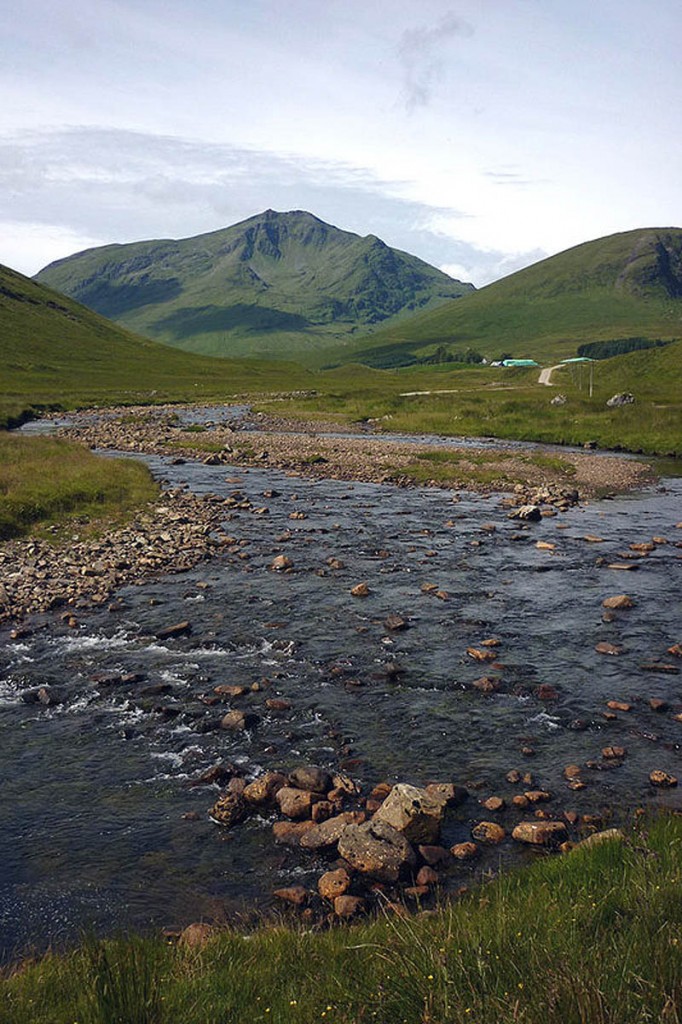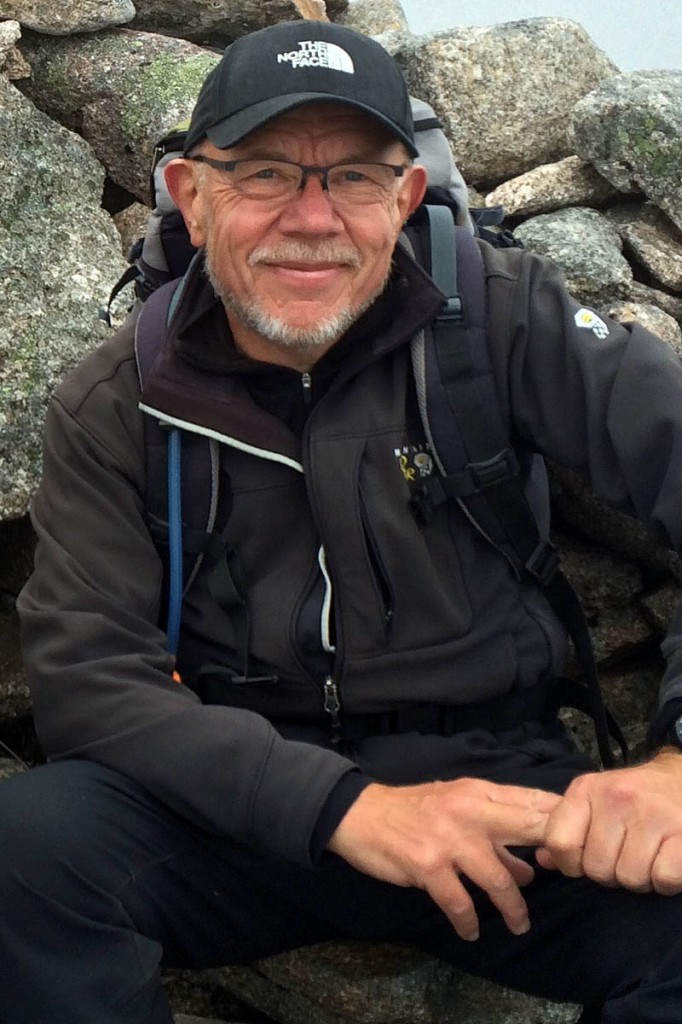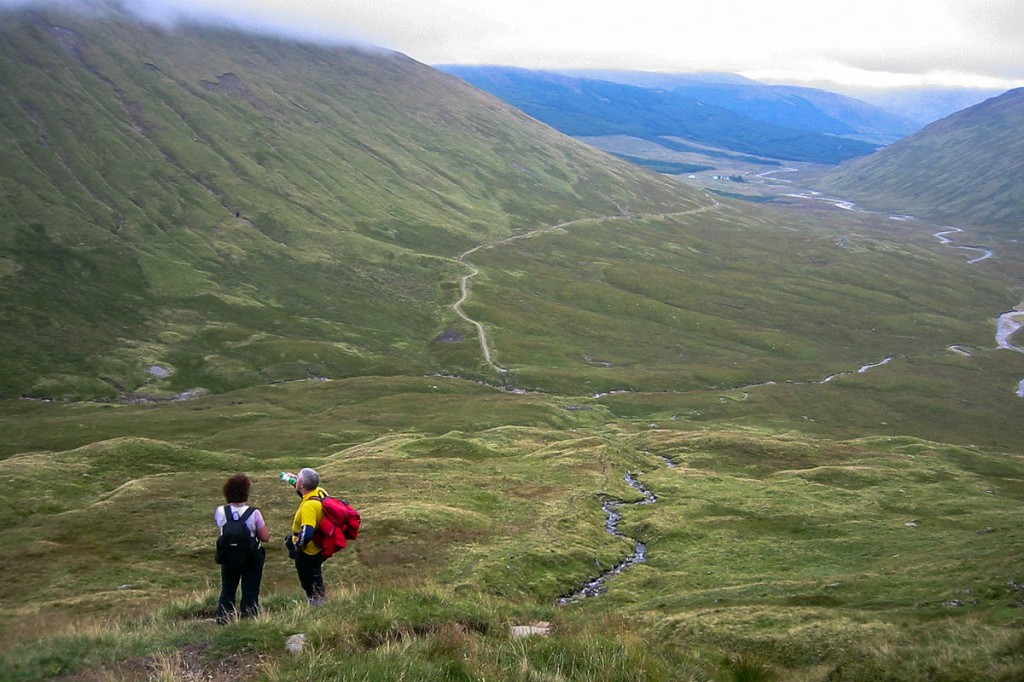Mountaineering Scotland is urging national park planners to reject a renewed proposal to start mining gold in a wild land area.
The organisation said the Loch Lomond and the Trossachs National Park Authority should put the environment before private profits.
A special board meeting on Tuesday will consider an application by SGZ Cononish to establish a gold mine in the shadow of the munro Ben Lui. Previous planning consents granted to Scotgold Resources in 2011 and 2015 have now lapsed.
The director of rural development and planning for the national park authority will recommend approval of the latest application for the site, off the West Highland Way between Crianlarich and Tyndrum.
Mountaineering Scotland, which has objected to the plans, argues the mine will be an expansion of an already significant industrial development in a national park and designated wild land area, which would see industrial buildings and more than half a million tonnes of mine waste dumped over 9.7ha (24 acres) of hillside in an area where the surrounding upland areas are considered to be some of the wildest in the entire national park.
The organisation, which represents climbers, hillwalkers and mountaineers north of the border, said aftercare of the site will be significantly reduced too if the plans are approved.
Previous permission for the mine included a 20-year aftercare period, while the current application promises care for just five years, it said.
Chief executive David Gibson said: “The main purpose of a national park is to conserve and enhance the natural and cultural heritage of the area for the nation.
“If the board approves this application they will clearly demonstrate that they put private profit before the environment and the interests of the people of Scotland.
“Some jobs may be created if the mine is successful, but the proposals are generous in their estimates of employment opportunities and provide little evidence for their optimistic projections, whilst recognising that there will be a negative impact on tourism spend and related employment.
“The national park report recognises that the large, industrial-scale processing building and waste heaps will have a significant effect on the landscape and wild land area and on the experience of those using the hills, but fails to recognise this adverse impact would last for more than a generation.”
The Loch Lomond and the Trossachs authority said changes to the previous consent are that Changes to the application surplus crushed rock from the mining process – the ‘tailings’ – is proposed to be stored in ten separate stacks across the mine site, instead of within a ‘tailings management facility’.
The Allt Eas Anie burn, which crosses the site, would no longer need to be diverted as the heaps are proposed to be located on either side of the burn.
Permission is now being sought for mining operations to be phased over 17 years instead of 10 years, although the owners of the mine said if they receive sufficient investment they may increase the production rate which would mean operations wouldn’t need to run for as much as 17 years.
Mr Gibson says comments by planning officials indicate a lack conviction that restoration after mining operations would be successful. He cited phrases from the report such as: ‘providing there is successful restoration’ and ‘will be dependent on the successful restoration’.
He said: “These comments suggest officials lack confidence either that the developer will meet their restoration obligations, or that they can enforce planning conditions effectively if the developer fails to meet them.
“So, what happens if restoration is not successful? The developer has requested a reduction in the aftercare period from 20 years to five years, which demonstrates either a lack of appreciation of the impact of mining waste on the environment or that regeneration is unlikely to be successful in only five years.
“The impact on the visual amenity of this important glen would be devastating. In addition to the buildings we’re talking about waste spread over an area more than nine times the size of the pitch at Murrayfield.”
“We do not agree with the claim that to build the increased waste into ‘morainic’ type features will diminish the impact, because there are no similar natural morainic deposits at this location and they are unlikely to appear natural.
“In addition, there is an assumption that vegetation cover for these features would blend with the surrounding areas. As the mounds will be of very different material to the surrounding area there is no evidence or guarantee that the vegetation will grow, grow well, or even grow at all.”
Gold mining at the site, which was formerly part of the Ben Lui national nature reserve, is dependent on gaining sufficient investment and the vagaries of fluctuations in the international gold market. Mining had originally been expected to begin in 2012.
Mr Gibson said: “Planning permission was originally granted on the condition that waste would be limited, specifically because of the visual impact. We see no circumstances in which a major increase in the waste to be deposited on the hillside would not affect the visual amenity, and this together with the buildings, as the developer has rightly stated, would adversely affect the amenity of the area and see a reduction in the number of visitors and probably in tourism employment.
“We are appealing to the board to uphold the integrity of the national park and that of the park authority by rejecting this application.”
In summer 2015 intruders used boltcutters to break into old mine workings at the site and stole sediment stored at Cononish, but police said the items taken were worthless. “These samples do not contain gold,” they said. “No gold or anything else of value is kept at the location.”
Concern had also been raised about the effect on the 30,000 or so walkers and cyclists who make their way along a 250m section of the West Highland Way along a track that would be used by mine vehicles. The developers said a 15mph speed limit would apply to their vehicles and drivers would be expected to ‘practise the utmost courtesy’ when encountering other vehicles or pedestrians.
Planners have also recommended any blasting is suspended near the Eas Anie falls when they are in condition for ice-climbing.
The board meeting will take place on Tuesday 27 February at 1.30pm in Crianlarich Village Hall. More details of the application are on the Loch Lomond and the Trossachs National Park Authority site.



Bob Aitken
24 February 2018A familiar tale - in this revised application the developers of this economically marginal mine are trying to reduce their costs to make their project more appealing to investors and raise their flagging share price. Easiest way to reduce costs? Go for cheaper, more intrusive, and potentially more polluting treatment of waste from the mine. The Lomond-Trossachs National Park planners have subverted their own key policies to recommend approval of these revised proposals. This Park is becoming a laughing stock, except that there's nothing to laugh about.
Ian
25 February 2018Completely agree with Bob Aitken. Greed before respect for our national parks yet again.